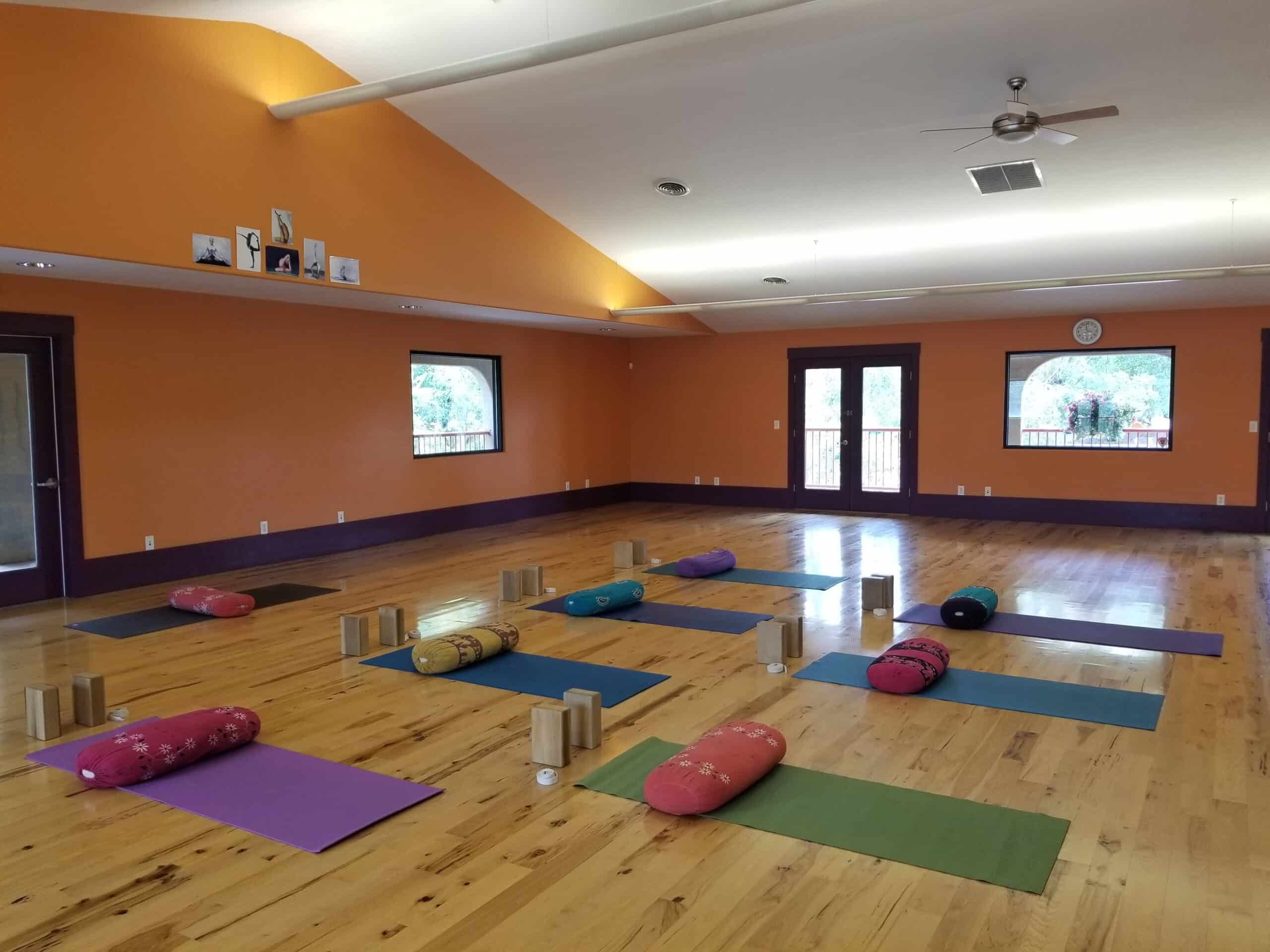How Yoga and Meditation Can Reduce Impulsivity | By Mia Barnes
Impulsive behaviors can change your life — and not often for the better. Quitting your job or leaving a relationship can sometimes be necessary, but the consequences of acting in haste can result in years of regret. You owe it to yourself to get a handle on your actions, because life is too short to spend filled with remorse.
Fortunately, you have free, natural tools at your disposal. Yoga and meditation adjust your mindset while calming the physiological storm that can drive erratic behaviors. Here’s how these practices can reduce impulsivity.
1. They Connect You With a Positive Support System
Impulsivity is a hallmark of several mental conditions, including addiction and personality disorders like narcissism or borderline. One of the complementary treatments recommended by many therapists is finding a support group, and yoga and meditation classes fit the bill.
Within the walls of your practice studio, you’ll meet others who can become part of your support network. Sharing these healthy experiences and struggling through challenging moves together helps you break the ice, which is important if you battle social anxiety.
Class members also hold you accountable by asking where you’ve been when you miss class and perhaps becoming workout buddies – it’s tougher to skip if you know you’re meeting your BFF for tea after you work out.
2. They Calm the Physiological Processes Making You Behave Erratically
Perhaps the greatest benefit of yoga and meditation for curbing impulsivity stems from how these practices calm the physiological processes that drive impulsive behavior. Several things happen in your body when you experience a trigger that activates your stress response:
- Your hippocampus discerns something might be a threat.
- Your HPA axis – hypothalamus, pituitary, and adrenal axis – gets activated. Your hypothalamus sets off a series of hormonal reactions that culminates in the secretion of adrenaline.
- If stress remains high long enough, your body signals cortisol production to help you prepare for a prolonged onslaught.
In healthy individuals without a significant trauma history, cortisol triggers receptors in your brain to shut down the supply, restoring a sense of calm. However, in people with high stress levels or a history of trauma, this system goes haywire.
Such people become resistant to these hormones’ effects – at least most of the time. If you’re affected, you might feel flat, even disaffected, much of the time. However, when something triggers the stress response, it can go into overdrive, making you act impulsively, even ballistic.
However, yoga and meditation can reverse these physiological effects that make you act impulsively. For example, people with PTSD and CPTSD often have reduced hippocampal volume, the part of the brain responsible for discerning if a stimulus warrants further attention. Yoga and meditation have been shown to increase hippocampal volume in study patients, theoretically making it easier for such individuals to determine what represents a real threat and what is simply a ghost of a past negative experience.
3. They Provide Quiet Time for Tuning Into Your Thoughts and Senses
How many senses do you have? If you’re like most people, you probably respond, “five.” However, sight, hearing, smell, touch, and taste only govern your interaction with the external world. You also have internal senses, like proprioception and interoception, that receive far less attention but still influence your behavior.
Proprioception is awareness of how your body moves through space. Think of how a brisk walk can clear your mind if you’ve been sitting and dwelling on a tricky issue for too long.
Interoception refers to physical sensations arising inside the body. Have you ever snapped at your kids because you had a headache, not because what they were doing was all that terrible? If so, you recognize how interoception impacts your behavior.
Yoga and meditation provide time and space for exploring these sensations and how they affect you. Additionally, they build awareness of your thoughts. Think of your practices like a farmer tilling and fertilizing their fields for planting – they can provide rich soil for the coping mechanisms you learn in therapy to bloom.
For example, sitting in meditation teaches you to observe your thoughts without judgment, then let them go. However, there’s nothing wrong with going back and analyzing these ideas later. Did you catch yourself thinking, “I’m so inflexible – I’ll never be good at this?” How can you reframe that into, “Even the best yogis develop their impressive flexibility through practice, and I can do the same?”
How Yoga and Meditation Can Reduce Impulsivity
Impulsive behavior can adversely affect your life. How can you regain control? Yoga and meditation can reduce impulsivity through all the above ways. Add these practices to your life today and begin reaping the benefits!
Photo by William Farlow.

Mia Barnes is a health and wellness freelance writer with a passion for yoga, mindfulness and self-care. Mia is also the Founder and Editor-in-Chief of Body+Mind Magazine. Follow Mia and Body+Mind on Twitter and Linkedin!
The perfect set to start, or complete, a home gym! Two medium-density foam rollers, a specialized hand and [...]

Subscribe to Our Tribe
Stay up to date with Y+L News, Events and special announcements.










